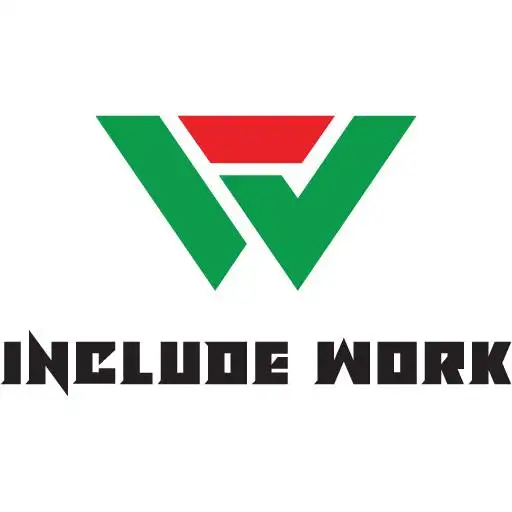Largest Contentful Paint, Imagine waiting for a website to load, watching as images and text slowly come into view. Your time is precious, and you want websites to load quickly and smoothly. This is where the concept of how fast a webpage shows its main content comes into play. It’s crucial not just for keeping you engaged but also for giving website owners a way to measure and improve your browsing experience.
Table of Contents
In this discussion, we’ll dive deep into one specific measure that plays a big role in how websites perform. This measure helps ensure that when you visit a website, what you need to see loads quickly, making your online journey smoother and more enjoyable. We’ll look into why it’s important, what affects it, and how to make it better. Let’s start by understanding exactly what this measure is.
What is Largest Contentful Paint (LCP)?
Largest Contentful Paint, or LCP, is a way to understand how quickly the main parts of a webpage become visible to you. Think of it like timing how long it takes for the biggest piece of the page you’re visiting—like a large image or block of text—to fully appear on your screen. It’s like a stopwatch that starts when you click on a website and stops when the most significant part of that page is right there in front of you.
Why does this matter? Because LCP is a clear sign of how fast or slow a website feels to its visitors. Websites aim to have a low LCP time, which means their key content pops up quickly, keeping visitors happy and engaged. If a site takes too long to load, you might just give up and go somewhere else.

So, by focusing on improving LCP, website owners are essentially making sure you don’t have to wait too long to get what you came for.
In simpler terms, if a website is a book, LCP tells you how fast you can start reading the most interesting chapter, not just the first word or sentence. It’s all about making sure that first big chunk of content shows up swiftly, so you feel good about the site’s performance.
Importance of LCP for User Experience
Why does LCP matter so much for anyone browsing the web? It’s all about the experience. The faster a page shows its main content, the happier you are likely to be. This happiness isn’t just a nice-to-have; it’s essential for websites that want to keep visitors around. Here’s why LCP is a big deal for user experience:
- Speed Impressions: If a site loads quickly, it sets a positive tone for your entire visit. It’s like being greeted with a smile when you walk into a store. You’re more likely to stay and browse.
- Staying on the Site: Pages that load quickly keep you from hitting the back button. If you can see what you came for without delay, why would you leave?
- Conversions: For websites selling something or requiring your action, fast loading times can mean the difference between you clicking “buy” or “sign up” and you deciding it’s not worth the wait.
- Search Rankings: Search engines, aiming to please their users, prefer fast-loading sites. A good LCP score can help a website climb higher in search results, making it easier for you to find what you’re looking for.
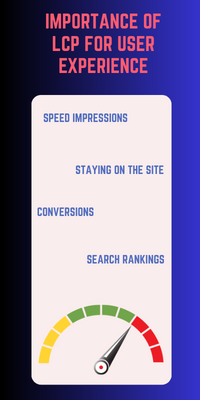
In essence, LCP taps into our basic desire for instant gratification. We don’t just want fast; we expect it. And when websites meet that expectation, everyone wins. Visitors enjoy their web surfing more, and site owners see more engagement, higher sales, and better search engine rankings. It’s a key piece of the puzzle in creating a smooth, enjoyable online experience.
Factors Affecting LCP Performance
Several elements can impact how quickly a website’s main content appears on your screen. Understanding these factors can help website creators make informed decisions to speed up load times. Here are the primary ones:
- Server Response Times: How fast the server where a website’s data is stored can start delivering that data to you plays a crucial role. If the server is slow, everything else will be too.
- Render-blocking JavaScript and CSS: Sometimes, the code that makes websites look good and function well needs to be loaded before the main content. If this code takes too long to load, it can delay the appearance of that content.
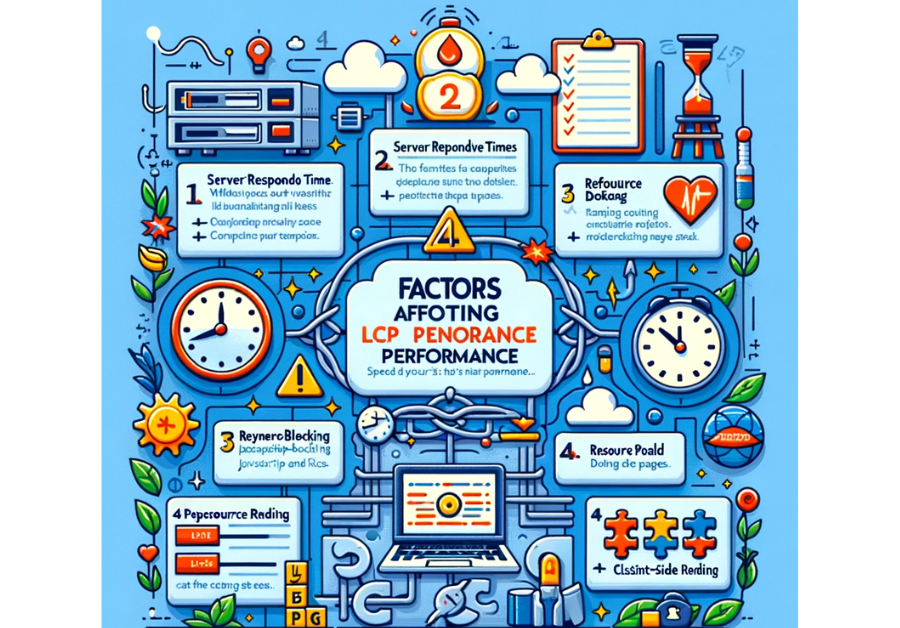
- Resource Load Times: The time it takes for images, videos, and other content to load can also affect LCP. Large files take longer to appear.
- Client-side Rendering: Websites that rely heavily on your browser to build pages piece by piece might display their main content more slowly. This process depends on the power of your device and your internet speed.
Each of these factors can add precious seconds to a website’s load time. The good news is, with the right techniques, website owners can tackle these issues, improving the experience for everyone who visits their site.
How to Improve LCP Score
Improving a website’s Largest Contentful Paint score involves addressing the factors that can slow down the loading of a page’s main content. Here are some effective strategies:
Optimize Server Response Time: One of the first steps is to ensure that your server responds quickly to requests. This might involve upgrading your hosting plan, using a Content Delivery Network (CDN), or optimizing your server’s software and configurations.
Minimize Critical CSS and JavaScript: Identifying and removing any CSS or JavaScript that blocks the page from rendering quickly can significantly improve LCP. Techniques like critical CSS (only loading the styles necessary for the above-the-fold content) and deferring non-critical JavaScript can make a big difference.
Optimize and Compress Images: Since images often account for the most significant portion of content that needs to load, optimizing them for the web is crucial. This means resizing images to their display size, using modern, efficient formats like WebP, and compressing them without losing quality.
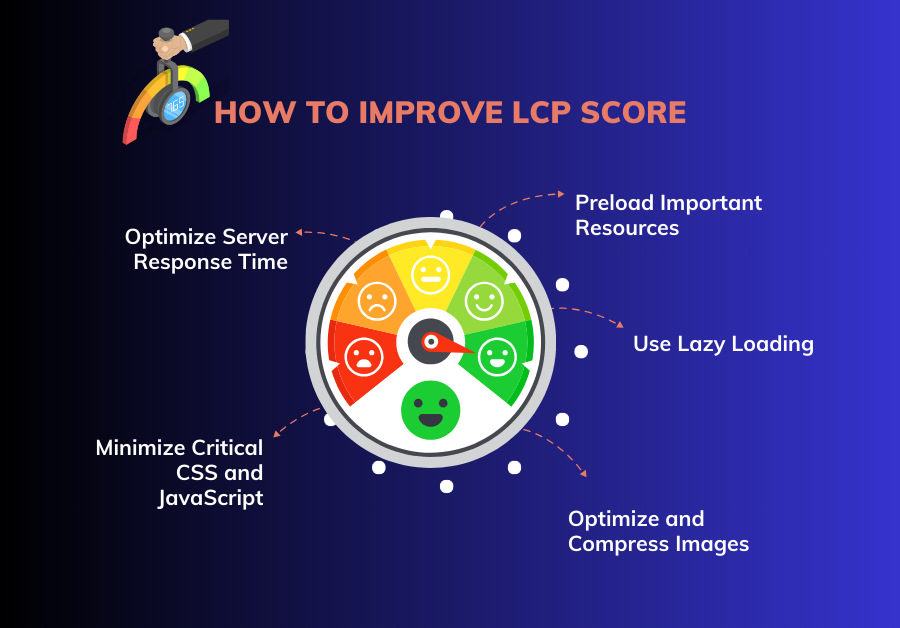
Use Lazy Loading: Lazy loading is a technique that loads images and other media only when they’re about to enter the viewport. This means that content further down the page won’t slow down the loading of the main content that appears first.
Preload Important Resources: If you know certain resources are critical for the main content, you can instruct the browser to load them early with the preload attribute. This is particularly useful for fonts or key scripts and stylesheets.
Improve Client-side Rendering Efficiency: For websites that rely on JavaScript for rendering, improving code efficiency and considering Server-Side Rendering (SSR) or Static Site Generation (SSG) can help reduce the time it takes for the main content to become visible.
By focusing on these areas, website owners can create faster, more responsive experiences for their visitors, improving not just their LCP scores but the overall perception of their sites.
Tools for Measuring and Optimizing LCP
To effectively tackle LCP issues, you’ll need the right tools to measure performance and identify opportunities for improvement. Here are some of the most useful ones:
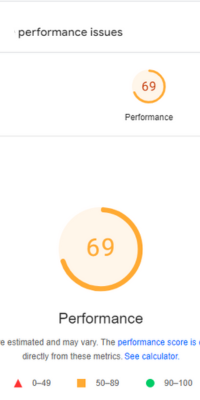
- Google PageSpeed Insights: This tool provides a comprehensive analysis of a page’s performance on both mobile and desktop devices, including LCP scores. It also offers specific recommendations for improvement.
- Lighthouse: Integrated into Chrome DevTools, Lighthouse is an open-source, automated tool for improving the quality of web pages. It can help you understand your LCP score and how to enhance it.
- WebPageTest: This tool allows for more detailed performance testing from different locations and on various device types. It provides insights into LCP and other vital metrics, helping pinpoint what’s slowing down your site.
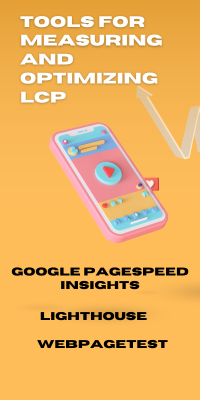
Using these tools, website owners can regularly monitor their performance, understand how their changes impact LCP, and continuously refine their approach to web performance optimization.
Conclusion
Improving a website’s Largest Contentful Paint (LCP) is essential not just for technical efficiency but for enhancing user experience. Quick loading times keep users engaged, lower bounce rates, and encourage deeper interaction with the site, a crucial factor in the digital landscape where user attention is highly competitive. Prioritizing LCP and overall performance offers numerous benefits: it boosts user satisfaction by meeting their expectations for speed, increases engagement and the likelihood of conversion, and enhances search engine rankings as speed is a key factor in user experience. Optimizing LCP is therefore critical for delivering content effectively, ensuring a positive first impression, fostering user loyalty, and securing a website’s success. In the fast-paced digital world, the speed at which a website loads its key content can significantly influence its future, making it a worthwhile investment.
